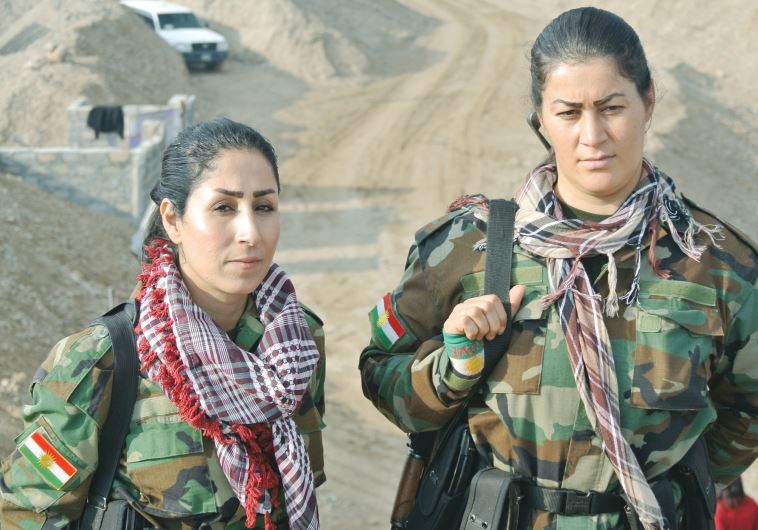Kurdish women take up arms alongside men to defend their people
The presence of women fighting ISIS became an exotic and sensational topic in 2014 and 2015, but the reality of life for many women is more complex.
 Kurdistan freedom Party (PAK) soldiers in December 2015 at the front line near Kirkuk, Iraq(photo credit: SETH J. FRANTZMAN)
Kurdistan freedom Party (PAK) soldiers in December 2015 at the front line near Kirkuk, Iraq(photo credit: SETH J. FRANTZMAN)